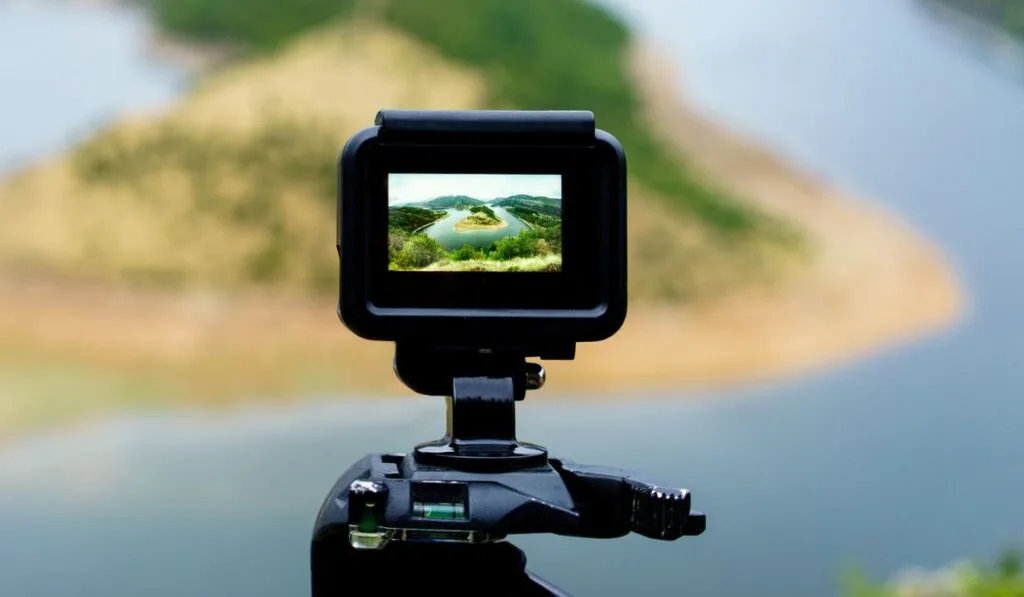How to Format SD Card for Action Camera: Expert Guide for Photographers
As a professional photographer, the efficiency of your storage devices is paramount. That's why knowing how to format SD card for action camera is crucial for maintaining optimal performance. In this guide, we'll dive deep into the formatting process to ensure your SD card is prepared for the rigorous demands of action photography.

Why Formatting Your SD Card Matters
Formatting your SD card is an essential step to prepare it for use in your action camera. Over time, SD cards can accumulate corrupted files or fragmented data that can slow down your cameras performance. By formatting your SD card regularly, you can prevent these issues and ensure that your storage remains reliable and efficient.
Choosing the Right File System
The file system you select during the formatting process can significantly impact your cameras performance. Typically, action cameras use either FAT32 or exFAT file systems. FAT32 is compatible with a wider range of devices, but it has a file size limit of 4GB. On the other hand, exFAT supports larger files, making it more suitable for high-resolution video recording.

Preparing Your SD Card for Formatting
Before you start the formatting process, make sure to back up all important data from your SD card. Formatting will erase all existing files, so this step is crucial to avoid data loss.

How to Format SD Card in Action Camera
Most action cameras have a built-in formatting option. Here's a general step-by-step guide:
- Insert the SD card into your action camera.
- Turn on the camera and navigate to the settings menu.
- Find the Format option in the settings.
- Select Format and confirm your choice.
For more detailed instructions, refer to your camera's user manual.

Formatting SD Card on a Computer
If your action camera doesn't have a formatting option or you prefer using a computer, follow these steps:
For Windows Users:
- Insert the SD card into your computer's card reader.
- Open File Explorer and locate your SD card.
- Right-click on the SD card and select Format.
- Choose the desired file system (FAT32 or exFAT) and click Start.
For Mac Users:
- Insert the SD card into your computer's card reader.
- Open Disk Utility from the Applications folder.
- Select your SD card from the list of drives.
- Click on the Erase tab and choose the desired file system.
- Click Erase to format the SD card.
Best Practices for Maintaining SD Card Health
Following best practices can prolong the life of your SD card and maintain its performance:
- Avoid removing the SD card while the camera is on.
- Always use the Eject option before removing the SD card from your computer.
- Format the card regularly and avoid using it in multiple devices.
Troubleshooting Common Formatting Issues
If you encounter problems during the formatting process, such as the SD card not being recognized or formatting errors, try the following solutions:
- Ensure the SD card is properly inserted into the camera or card reader.
- Update the firmware of your action camera.
- Use a different card reader or computer to format the SD card.
Frequently Asked Questions
What type of SD card is best for action cameras?
High-speed SD cards are recommended for action cameras to handle large data transfers and high-resolution video recording. Look for cards with a Class 10, UHS-I, or UHS-II rating.
How often should I format my SD card?
It's advisable to format your SD card every few weeks, or after transferring files to your computer, to keep it in optimal condition.
Can I use the same SD card in different devices?
While you can use the same SD card in multiple devices, it's better to dedicate a card to one specific device to avoid file system issues and potential corruptions.
As an Amazon Associate, I earn from qualifying purchases.
For more tips on action camera usage, check out 7 Best Action Cam Shot Tips.

